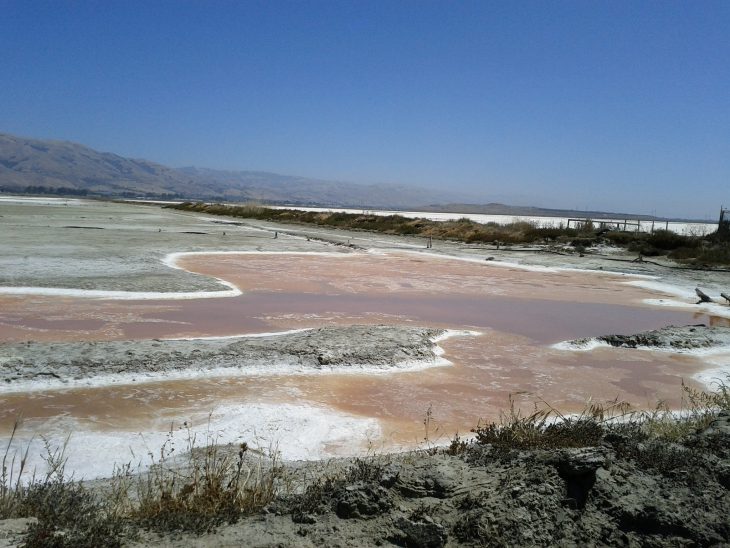In 1977, George Lucas captivated audiences with his movie Star Wars, which had millions dreaming of life beyond Earth. As time has passed, those dreams have not dulled. In fact, scientific achievement has propelled humanity to accomplish feats even Lucas couldn’t have imagined. Today, private citizens now have the capacity to charter rockets into space while astronomers can use state of the art telescopes to see further than is fathomable. There is also a significant amount of research being conducted to explore how it might be possible for humans to live in space or on another planet.
On Earth, our atmosphere protects us from a lot of ultraviolet radiation which can get into our cells and damage our DNA, possibly killing us. But off Earth, there is no guarantee of a similar protective barrier. While excess exposure to radiation may be lethal to us, there are several species of microorganisms which can tolerate it. In this study, a team led by Maria Lampretch-Grandio from the Astrobiology Center of Spain analyzed the genetic makeup of some of these microbes to better understand how exactly these microorganisms’ “superpowers”, or resistance to stressors such as radiation resistance and perchlorate, work.
Microorganisms that live in extreme environments with a lot of salt are also often more resistant to radiation and other environmental stresses. The researchers started by taking sediment samples from three different high-salinity environments and isolated the DNA from the microorganisms living in them. They took this isolated DNA and placed it into bacteria which were not radiation-resistant – called transformation. The group exposed the transformed bacteria to radiation to see who would now be able to survive.
It turns out there were many survivors. The researchers then tested the abilities of these survivors to see how they had gained radiation resistance. They exposed the bacteria to two chemicals, perchlorate and 4-nitroquinoline-1-oxide, both of which cause DNA damage in the same manner as ultraviolet radiation. They analyzed some of the most radiation resistant survivors to see how exactly their genomes had been altered. In total, the group detected five separate genes that contributed to the survival of these transformed bacteria.
They also determined that, along with the ability to survive UV exposure, the radiation resistant microorganisms could also survive both perchlorate and 4-nitroquinoline-1-oxide. Taking it a step further, the group validated the effects of each of the five genes by altering them slightly to see if they still allowed the bacteria to be radiation resistant. The study found that, to different degrees, these five genes all contributed to the radiation resistance of the transformed bacteria.
Research like the work done by Maria Lampretch-Grandio and her team has provided a lot of insight into the “superpowers” which allow these microorganisms to survive stressors such as high levels of radiation. This knowledge aids us in our search for life off of Earth, and even in possible future terraforming efforts. Whether we look at our situation here on Earth with the youthful excitement of what is to come, or with the urgency of a looming crisis, we know that exploration into life beyond our home planet is of great value to humanity.


